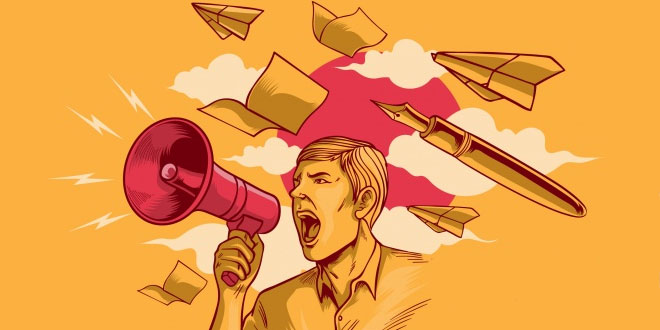Popular Struggles & Movements: Page [V]
Question: “The pressure groups, interest groups and movements have negative as well as positive points.” Explain.
Answer:
Negative impacts:
- These promote interest of one section of the society only.
- These weaken the basic structure of democracy because mostly they work for a particular must look or issue whereas a democracy must look after the interests of all, not just one section.
- These groups wield power without responsibility. Political parties have to face the people in elections, but these groups are not accountable to the people.
- Pressure groups and movements may not get their funds and support from the people. Sometimes, pressure groups with small public support, but lots of money can hijack public discussion in favor of their narrow agenda.
- Sometimes, these pressure groups can create political instability.
Positive impacts:
- Pressure groups and movements have deepened democracy. Putting pressure on the rulers is not an unhealthy activity in a democracy as long as everyone gets this opportunity.
- Public interest groups and movements perform a useful role of countering the undue influence of rich and powerful and reminding the, government of the needs and concerns of ordinary citizens.
Question: Describe the ‘second popular movement for democracy’ of Nepal.
Answer:
- Nepal witnessed an extraordinary popular movement in April 2006.
- The movement started as the king had dismissed the then Prime Minister and dissolved the popularly elected Parliament.
- All the major political parties in the parliament formed a Seven Party Alliance (SPA) and called for a four-day strike in Kathmandu, the country’s capital. This protest soon turned into an indefinite strike in which Maoist insurgents and various other organisations joined hands. The people demanded for restoration of parliament, power, power to an all-party government and a new constituent assembly.
- On 24 April, 2006, the last day of the ultimatum, the king was forced to concede all the three demands. The SPA chose Girija Prasad Koirala as the new Prime Minister of the interim government.
- The restored parliament met and passed laws taking away most of the powers of the king. The SPA and the Maoists came to an understanding about how the new Constituent Assembly was going to be elected. This struggle came to be known as Nepal’s second movement for democracy.
Question: Who led the protest against water privatization adopted by that organisation.
Answer:
- The hike in water price led to a spontaneous popular protest.
- Leader organised a successful four-day general strike in the city. The government agreed to negotiate and the strike was called off. Yet nothing happened.
- The police resorted to brutal repression when the agitation was started again in February. Another strike followed in April and the government imposed martial law.
- But the power of the people forced the officials of the MNC to flee the city and made the government concede to all the demands of the protesters.
 Class Notes NCERT Solutions for CBSE Students
Class Notes NCERT Solutions for CBSE Students





